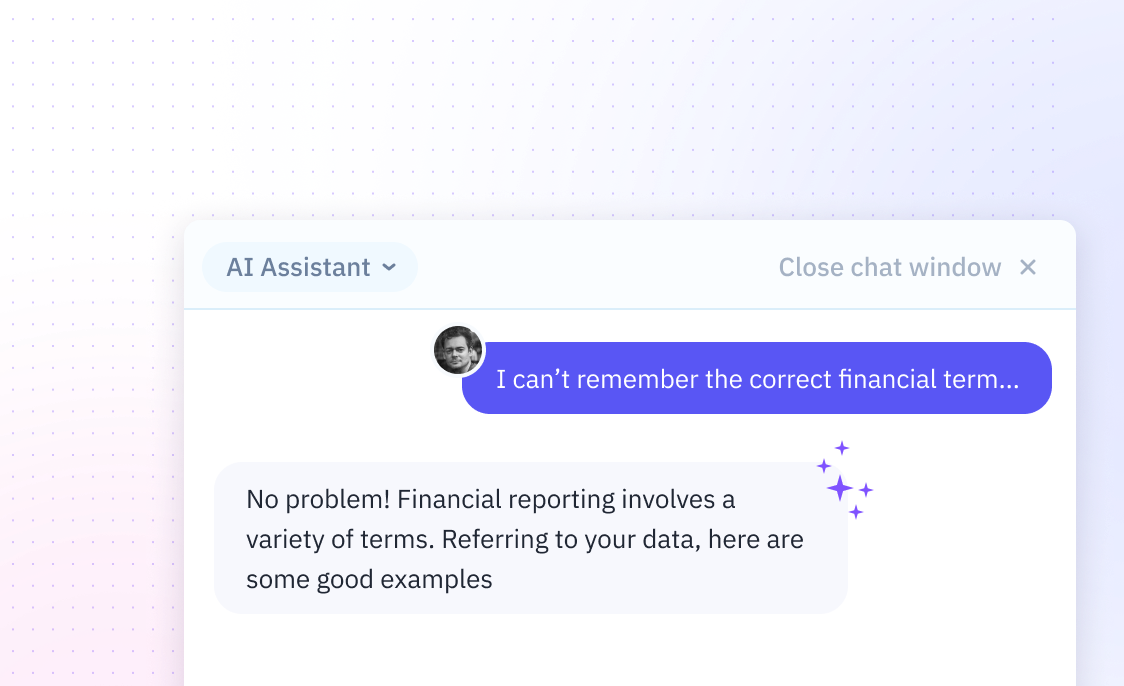
How To Convert YYYY-MM-DD to MM/DD/YYYY in Excel
Introduction
Converting date formats in Excel can be a common yet intricate task, especially when switching from the international standard 'yyyy-mm-dd' to the US customary 'mm/dd/yyyy' format. Understanding the function and formula nuances is essential for accurate data management and reporting.
This guide will provide a step-by-step process to transform dates in Excel efficiently. We'll also explore why Sourcetable's AI chat interface offers a simpler alternative, letting you instantly handle date conversions and any other spreadsheet tasks by simply telling the AI what you need - try it now at app.sourcetable.com.
Convert YYYY-MM-DD to MM/DD/YYYY in Excel
Using Excel Formula
Use the formula =DATE(LEFT(A1,4),MID(A1,5,2),RIGHT(A1,2)) to convert dates from YYYY-MM-DD to MM/DD/YYYY format. This formula works for both string and float values.
Using Format Cells Dialog
Select the dates you want to convert. Press Ctrl+1 to open the Format Cells dialog. Select Date in the Category list. Choose MM/DD/YYYY from the Type list. Click OK to apply the format.
Using Text to Columns
Text to Columns can convert an entire column from YYYY-MM-DD to MM/DD/YYYY format. This method is efficient for large datasets.
Using VBA Code
Implement the VBA code Sub ConvertYYYYMMDDToDate() to convert dates. Set c.NumberFormat = "mm/dd/yyyy" in the code to ensure correct formatting.
Using Text Function
The formula =TEXT(A1,"0000-00-00")+0 converts the column and allows you to format the dates as needed. Use custom date formats to display dates in your desired format.
Why Knowing How to Convert YYYY-MM-DD to MM/DD/YYYY in Excel is Useful
Date format conversion in Excel is an essential skill for data analysts, business professionals, and anyone working with international datasets. Converting YYYY-MM-DD to MM/DD/YYYY helps standardize date formats across organizations and makes data more accessible to US-based teams.
Business Applications
Many software systems export dates in YYYY-MM-DD format, but US businesses typically use MM/DD/YYYY. Understanding how to convert between these formats streamlines data integration and reporting processes.
Data Consistency
Maintaining consistent date formats prevents calculation errors and improves data accuracy. This knowledge helps ensure dates are correctly interpreted across different spreadsheets and departments.
International Collaboration
Global teams often work with varying date formats. The ability to quickly convert between YYYY-MM-DD and MM/DD/YYYY facilitates smoother international collaboration and reduces confusion in shared documents.
Use Cases for Date Format Conversion in Excel
International to U.S. Date Format Conversion
When working with global teams, data often comes in the yyyy-mm-dd format. Converting these dates to U.S. format (mm/dd/yyyy) ensures reports are easily readable by American stakeholders and maintains regional consistency in documentation.
System Integration and Data Input
Many software systems and databases specifically require dates in mm/dd/yyyy format. Converting dates ensures smooth data import processes and prevents system errors during data transfer operations.
Data Standardization Across Sources
When combining data from multiple sources, consistent date formatting is crucial for accurate analysis. Standardizing to mm/dd/yyyy format creates a uniform dataset that can be reliably processed and analyzed.
Enhanced Excel Functionality
Excel's date-based calculations and sorting functions work more reliably when dates are in a consistent format. Converting to mm/dd/yyyy ensures formulas, pivot tables, and sorting operations function as intended.
Regulatory Compliance
Legal and financial documents often require specific date formatting standards. Converting dates to mm/dd/yyyy helps maintain compliance with U.S. regulatory requirements and internal documentation standards.
Excel vs. Sourcetable: Modern Spreadsheet Solutions
Excel has been the go-to spreadsheet solution for decades, but its manual functions and complex features can slow down analysis. Sourcetable revolutionizes spreadsheet work by combining AI with powerful data handling capabilities. Instead of learning formulas and features, users simply chat with Sourcetable's AI to create, analyze, and visualize data effortlessly. Try Sourcetable at https://app.sourcetable.com/ to answer any spreadsheet question.
Natural Language Interface
While Excel requires knowledge of specific functions and formulas, Sourcetable lets you describe what you want in plain English. The AI understands your needs and automatically creates the appropriate spreadsheet solutions.
Data Processing Power
Excel struggles with large datasets and has file size limitations. Sourcetable handles files of any size and connects directly to databases, making it ideal for comprehensive data analysis.
AI-Powered Analysis
Instead of manually creating charts and running calculations in Excel, Sourcetable's AI can generate visualizations, analyze trends, and create reports based on simple conversational requests.
Automated Workflow
Excel tasks often require multiple manual steps. Sourcetable automates entire workflows - from data import to analysis to visualization - through natural language commands to its AI assistant.
Frequently Asked Questions
How can I convert a single cell from yyyy-mm-dd to mm/dd/yyyy format in Excel?
Use the formula =DATE(LEFT(A1,4),MID(A1,5,2),RIGHT(A1,2)) where A1 is the cell containing the date you want to convert.
What's the best way to convert an entire column of dates from yyyy-mm-dd to mm/dd/yyyy?
Use the Text to Columns feature by selecting the column, going to the Data tab, and clicking Text to Columns. Alternatively, you can use the formula =TEXT(A1,"0000-00-00")+0 to convert the whole column in place.
How do I use VBA to convert dates from yyyy-mm-dd to mm/dd/yyyy?
Use the VBA code Sub ConvertYYYYMMDDToDate() and set c.NumberFormat = "mm/dd/yyyy" to convert and format the dates correctly.
Conclusion
Converting dates in Excel can be tricky, especially when dealing with different formats like yyyy-mm-dd to mm/dd/yyyy.
Spreadsheet tasks like date conversion are made simple with modern AI tools. Sourcetable's chatbot can instantly answer your Excel questions and help you create spreadsheets from scratch.
Start transforming your spreadsheet workflow today with Sourcetable today.






